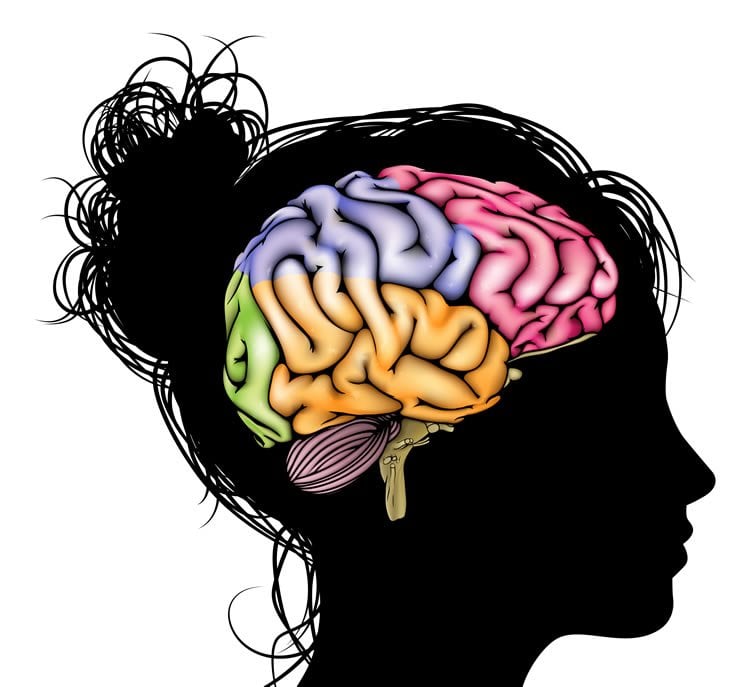Rutgers study indicates that violence diminishes learning and reduces maternal behaviors.
Rutgers scientists have taken a step toward understanding how sexual aggression alters the female brain.
In a recent study in Scientific Reports, lead author Tracey Shors, professor in the Department of Psychology and Center for Collaborative Neuroscience in the School of Arts and Sciences, discovered that prepubescent female rodents paired with sexually experienced males had elevated levels of stress hormones, could not learn as well, and expressed reduced maternal behaviors needed to care for offspring.
“This study is important because we need to understand how sexual aggression affects all species,” said Shors. “We also need to know the consequences of this behavior in order for us to determine what we can do to help women learn to recover from sexual aggression and violence.”
Thirty percent of women worldwide experience some kind of physical or sexual assault in their lifetime and adolescent girls are much more likely than the general public to be victims of rape, attempted rape or assault, according to the World Health Organization. Recent surveys indicate that as many as one in five college students experience sexual violence during their university years.
Women who experience sexual violence are more likely to suffer with depression, PTSD and other mood disorders. Still, despite the undeniable connection between sexual trauma and mental health, little is known about how aggression affects the female brain. In part, that’s because there has been no established laboratory model for studying the consequences of sexual aggression and behavior on brain function in females, Shors said.
“Laboratory models used to measure stress in animals have traditionally looked at how stress affects males and have not reflected the kind of stress that young women experience,” she said.
Bringing gender balance to research, Shors said, is why the National Institutes of Health is now requiring both male and female animals to be included in research studies in order to receive federal funding.
In this new Rutgers study, Shors and her colleagues developed the Sexual Conspecific Aggressive Response (SCAR) model to determine how stress associated with sexual aggression affected female rodents.

Even though it is normal for female rats to care for their offspring, as well as the offspring of other rodents, Shors said the females in this study that were exposed to the adult male throughout puberty did not exhibit as much maternal behavior as females that did not have these aggressive social interactions. Although there was no decrease in neurogenesis (brain cell production), fewer newly generated brain cells remained in females that didn’t express as much maternal behavior when compared to females that did learn to care for offspring.
While scientists don’t know if this type of sexual aggression would have the same effects in humans, studies have shown that sexual aggression and violence is one of the most likely causes of PTSD in women, a condition which is associated with decreased brain functions related to learning and memory. The children of women who experience sexual violence are also at greater risk for suffering traumatic experiences themselves as they grow up.
“We know very little about the brain mechanisms that account for the increase in depression and mood disorders among women who experience sexual trauma and aggression,” Shors said. “But with new approaches and attention to this issue, we can find out how the female brain responds to aggression and how to help women learn to recover from sexual violence.”
Source: Robin Lally – Rutgers University
Image Credit: The image is adapted from the Rutgers press release.
Original Research: Full open access research for “Sexual Conspecific Aggressive Response (SCAR): A Model of Sexual Trauma that Disrupts Maternal Learning and Plasticity in the Female Brain” by Tracey J. Shors, Krishna Tobόn, Gina DiFeo, Demetrius M. Durham and Han Yan M. Chang in Scientific Reports. Published online January 25 2016 doi:10.1038/srep18960
Abstract
Sexual Conspecific Aggressive Response (SCAR): A Model of Sexual Trauma that Disrupts Maternal Learning and Plasticity in the Female Brain
Sexual aggression can disrupt processes related to learning as females emerge from puberty into young adulthood. To model these experiences in laboratory studies, we developed SCAR, which stands for Sexual Conspecific Aggressive Response. During puberty, a rodent female is paired daily for 30-min with a sexually-experienced adult male. During the SCAR experience, the male tracks the anogenital region of the female as she escapes from pins. Concentrations of the stress hormone corticosterone were significantly elevated during and after the experience. Moreover, females that were exposed to the adult male throughout puberty did not perform well during training with an associative learning task nor did they learn well to express maternal behaviors during maternal sensitization. Most females that were exposed to the adult male did not learn to care for offspring over the course of 17 days. Finally, females that did not express maternal behaviors retained fewer newly-generated cells in their hippocampus whereas those that did express maternal behaviors retained more cells, most of which would differentiate into neurons within weeks. Together these data support SCAR as a useful laboratory model for studying the potential consequences of sexual aggression and trauma for the female brain during puberty and young adulthood.
“Sexual Conspecific Aggressive Response (SCAR): A Model of Sexual Trauma that Disrupts Maternal Learning and Plasticity in the Female Brain” by Tracey J. Shors, Krishna Tobόn, Gina DiFeo, Demetrius M. Durham and Han Yan M. Chang in Scientific Reports. Published online January 25 2016 doi:10.1038/srep18960






